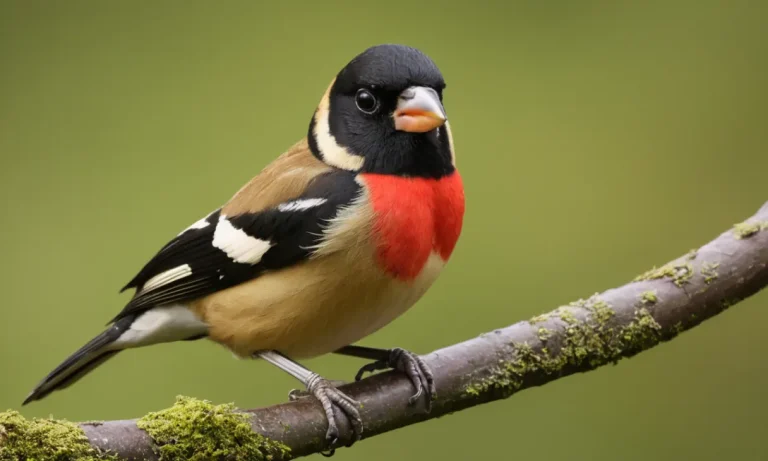Stork Symbolism and Meaning

Introduction
Storks are majestic birds with long legs and a distinctive curved beak, known for their graceful flight patterns and the iconic act of delivering babies in many cultures. These fascinating creatures have been a subject of fascination for centuries, representing various symbols and meanings across different societies. Their presence often evokes a sense of hope, renewal, and happiness. In this article, we will explore the different symbolisms associated with storks and their cultural significance throughout history and around the world.
Stork Symbolism
Symbolic Meaning of Storks in Different Cultures
Storks have been present in various mythologies across diverse cultures worldwide, often carrying deep meanings that transcend time and geographical boundaries. From ancient Egyptian hieroglyphics to modern-day folklore, their presence carries a distinct symbolic representation. Here are some key points:
- Fertility: Storks have long been associated with fertility and family growth, primarily due to their unique habit of bringing new life into the world. In several cultures, they are considered symbols of new birth or rejuvenation. They’re often seen as a harbinger of good luck, heralding an upcoming arrival of children or a fresh start.
- Renewal: Storks symbolize rebirth and renewal, especially in Christian folklore where they represent the Holy Spirit, bringing new life after death.
- Faithfulness: They’re seen as symbols of loyalty and commitment due to their monogamous nature, often nesting together for life, making them a popular symbol for long-lasting relationships and devotion.
- Good Luck Charm: In many cultures, storks are believed to bring good fortune and ward off evil spirits, especially in Scandinavian countries where they’re associated with prosperity and well-being.
- Protection: Storks are thought to protect homes from harm, especially during childbirth, according to Slavic folklore.
- Courage: They represent courage as they brave harsh weather conditions during migration journeys.
- Peace and Healing: In Japan, storks symbolize peace, representing serenity and harmony.
Symbolism in Christianity
Storks hold a special place in Christian mythology too, where they are linked to Jesus Christ’s crucifixion. However, their presence has evolved over time, often signifying peace or rebirth due to the belief that Mary (Jesus’ mother) nursed him under a stork.
Symbolism Across Different Cultures
- Egyptian: Ancient Egyptians believed storks represented Thoth, the god of wisdom and writing.
- Asian: In Hindu mythology, they’re associated with Lord Ganesha, representing wisdom and prosperity.
- European: Storks symbolize fertility, protection, and good luck.
- Nordic: They signify long life and renewal in Norse mythology.
- Native American: Storks embody wisdom, strength, and spiritual guidance.
Storks in Dream Interpretation
Dreaming about storks can carry different meanings depending on the context: if flying high, it could be a sign of personal growth or reaching your potential; if sitting still, prepare for change or stability; if injured or dying, signify emotional stress.
Stork Symbolism in Art and Literature
Storks have been a common motif across art history – from ancient pottery to contemporary literature. They’re often depicted as messengers of hope, representing renewal and fertility. In the famous tale ‘The Ugly Duckling’, Storks represent transformation and self-discovery.
Stork in Nature and Biology
Storks are known for their distinctive dance before mating season, where males perform aerial acrobatics to attract females. They mate for life, nurturing young ones diligently and have a unique nesting behavior where they reuse old materials for new generations, reflecting sustainability.
Conclusion
In conclusion, stork symbolism varies across cultures, but overall, it generally signifies hope, renewal, and protection. Understanding these meanings can enrich our appreciation of these beautiful creatures. Whether you see them in art, literature, or nature, they remind us of life’s cycles and the importance of nurture.





